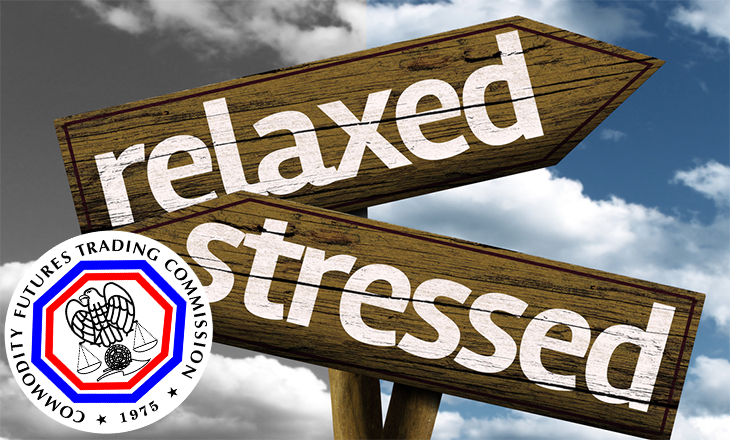The Staff of the U.S. Commodity Futures Trading Commission (CFTC) has issued a report detailing the results of a supervisory stress test of major clearinghouses. The purpose of the analysis was to assess the impact of a hypothetical set of extreme but plausible market scenarios across multiple clearinghouses and their clearing members.
The analysis included five clearinghouses registered with the CFTC located in the United States as well as in the U.K.: CME Clearing, ICE Clear Credit, ICE Clear Europe, ICE Clear U.S., and LCH Clearnet. It encompassed cleared futures and options, interest rate swaps, and credit default swaps.
CFTC Chairman Timothy Massad commented:
Following the financial crisis of 2008, central clearing of standardized swaps was rightfully agreed to by the G20 leaders, and mandated in the Dodd-Frank Wall Street Reform Act. That has made clearinghouses even more important in the global financial system. Therefore, we have been particularly focused on making sure that clearinghouses are safe and able to withstand highly stressful market conditions. These supervisory stress tests are an important new tool in this work. They enable us to assess the impact of stressful conditions across these clearinghouses and across the largest clearing members, and I thank our staff for the countless hours of work that went into this first set of tests.
The following are the key findings:
1. Clearinghouses had the pre-funded financial resources to withstand a variety of extreme market price changes across a wide range of products. The clearinghouses met or exceeded required resiliency levels.
2. Risk was diversified across the clearinghouses. Where a particular scenario was the worst for a clearing member at a particular clearinghouse, that clearing member generally did not incur margin shortfalls at all clearinghouses — and in many cases had margin surplus or even gains across all clearinghouses.
3. Clearing member risk was also diversified across the scenarios. No single scenario accounted for more than 19% of the worst outcomes. Of the 11 scenarios applied in the test, ten different scenarios generated the worst outcome for someone, further indicating diversification rather than concentration. And no single clearing member had the largest loss in more than 16.6% of the tests.
The test does not cover other types of risks that clearinghouses face, such as liquidity risk, operational risk or cyber risk.
This is the first stress test that the CFTC has performed across multiple clearinghouses. Such tests will be a regular part of the CFTC’s risk surveillance program going forward.
Supervisory stress tests are just one element of the CFTC’s program of oversight of clearinghouses. Staff performs daily risk surveillance of individual clearinghouses, clearing members, and large market participants. Staff performs periodic compliance exams of clearinghouses. Staff reviews clearinghouse rules, including rules relating to margin and risk management procedures, for compliance with statutory requirements. Staff also develops and implements regulatory standards for clearinghouses and their members. CFTC staff also participates in or leads several domestic and international regulatory initiatives related to clearinghouse strength and stability.
